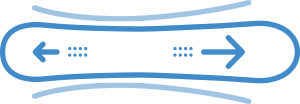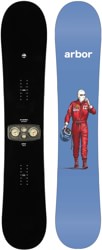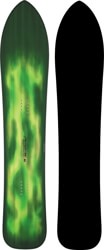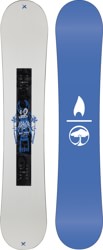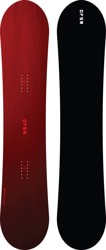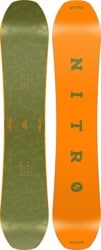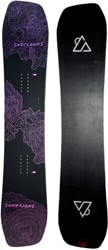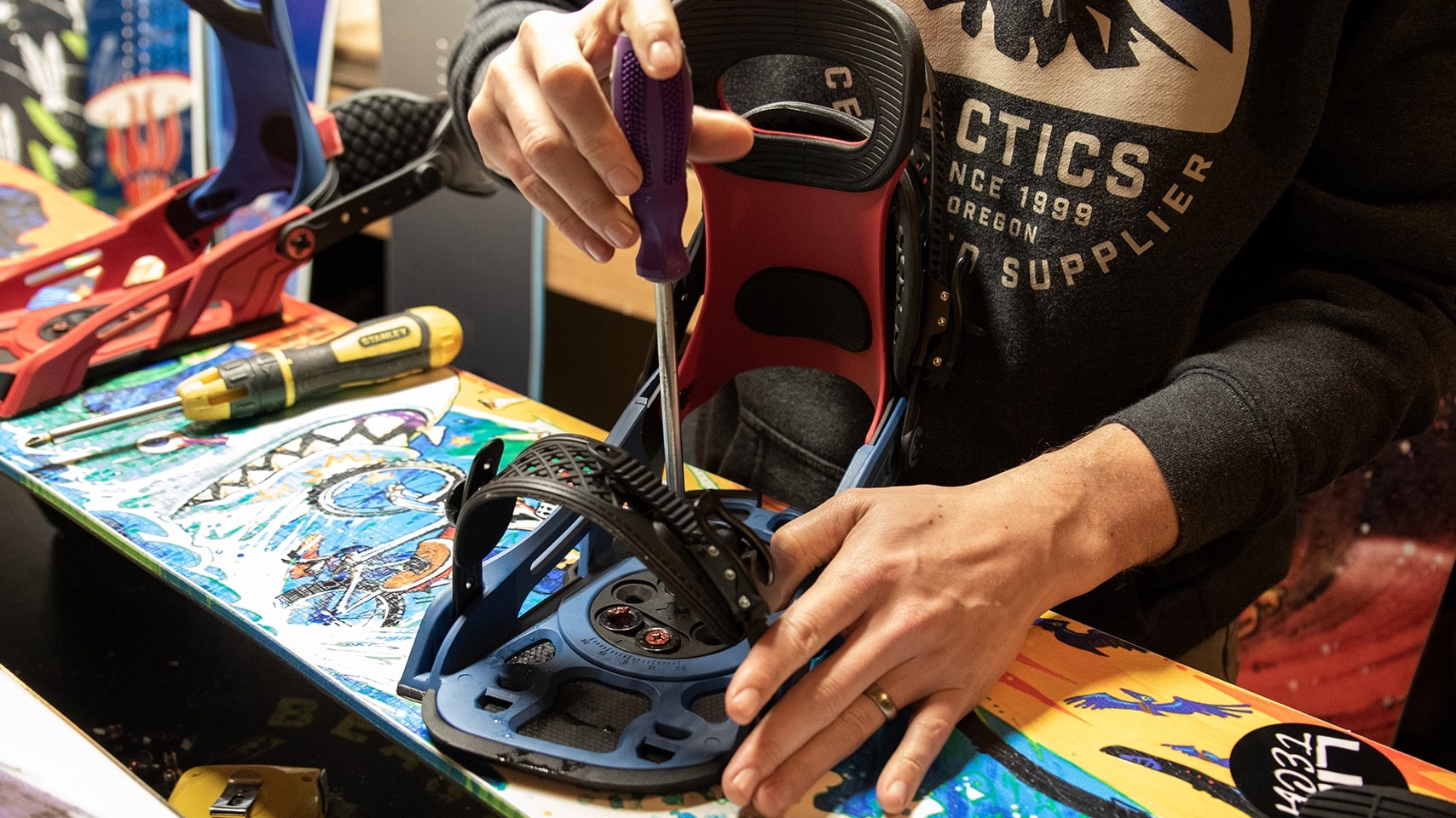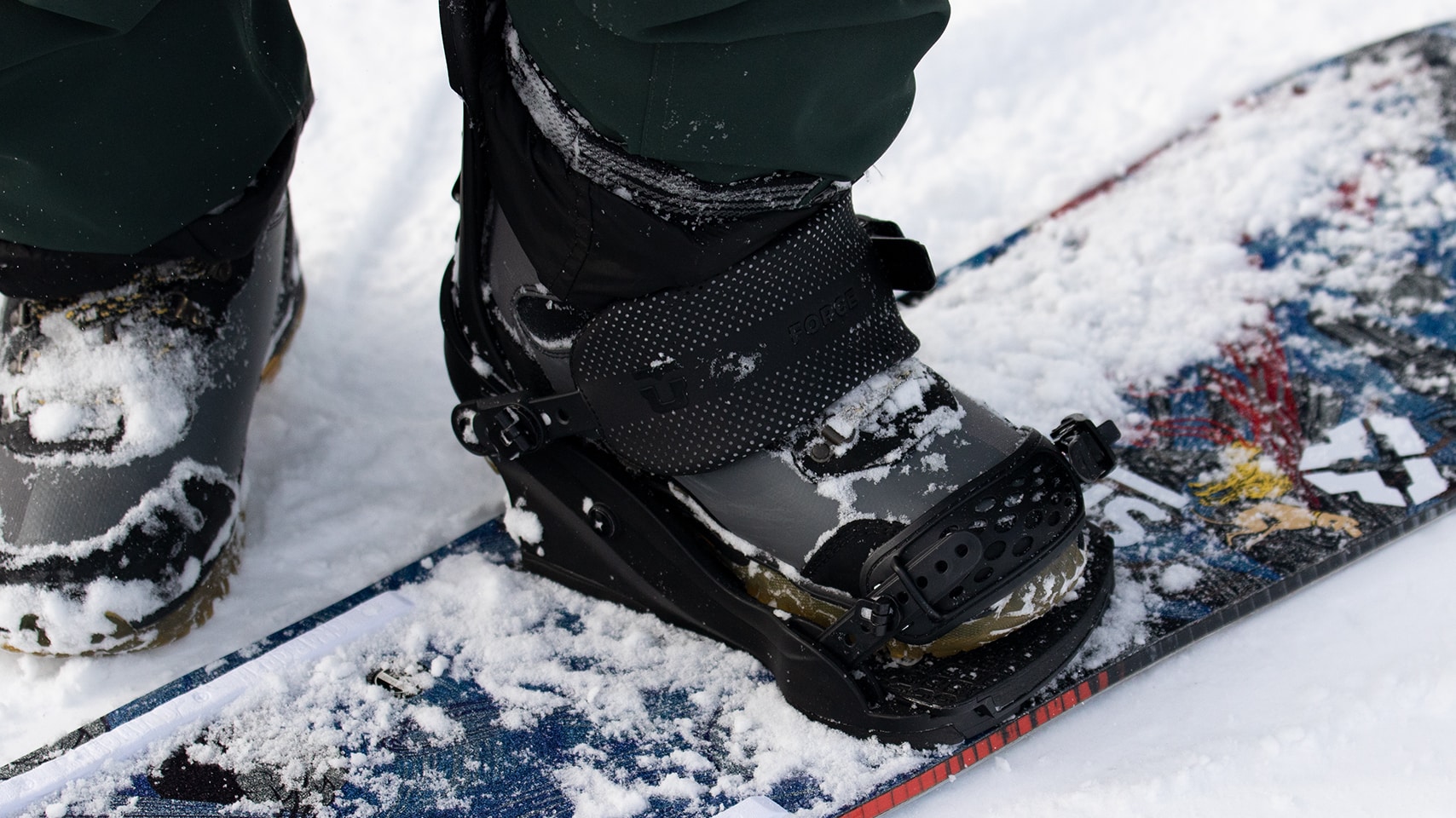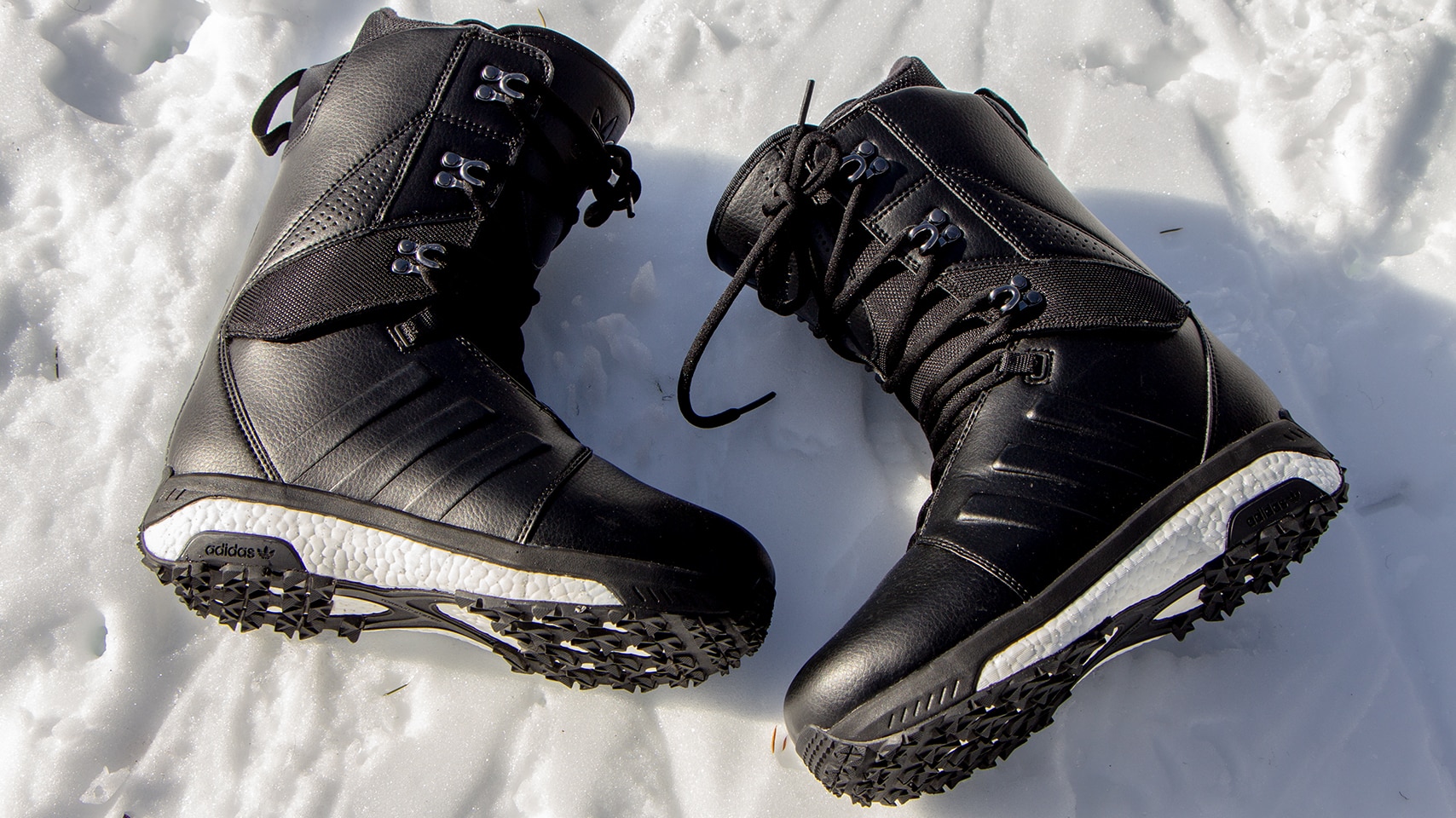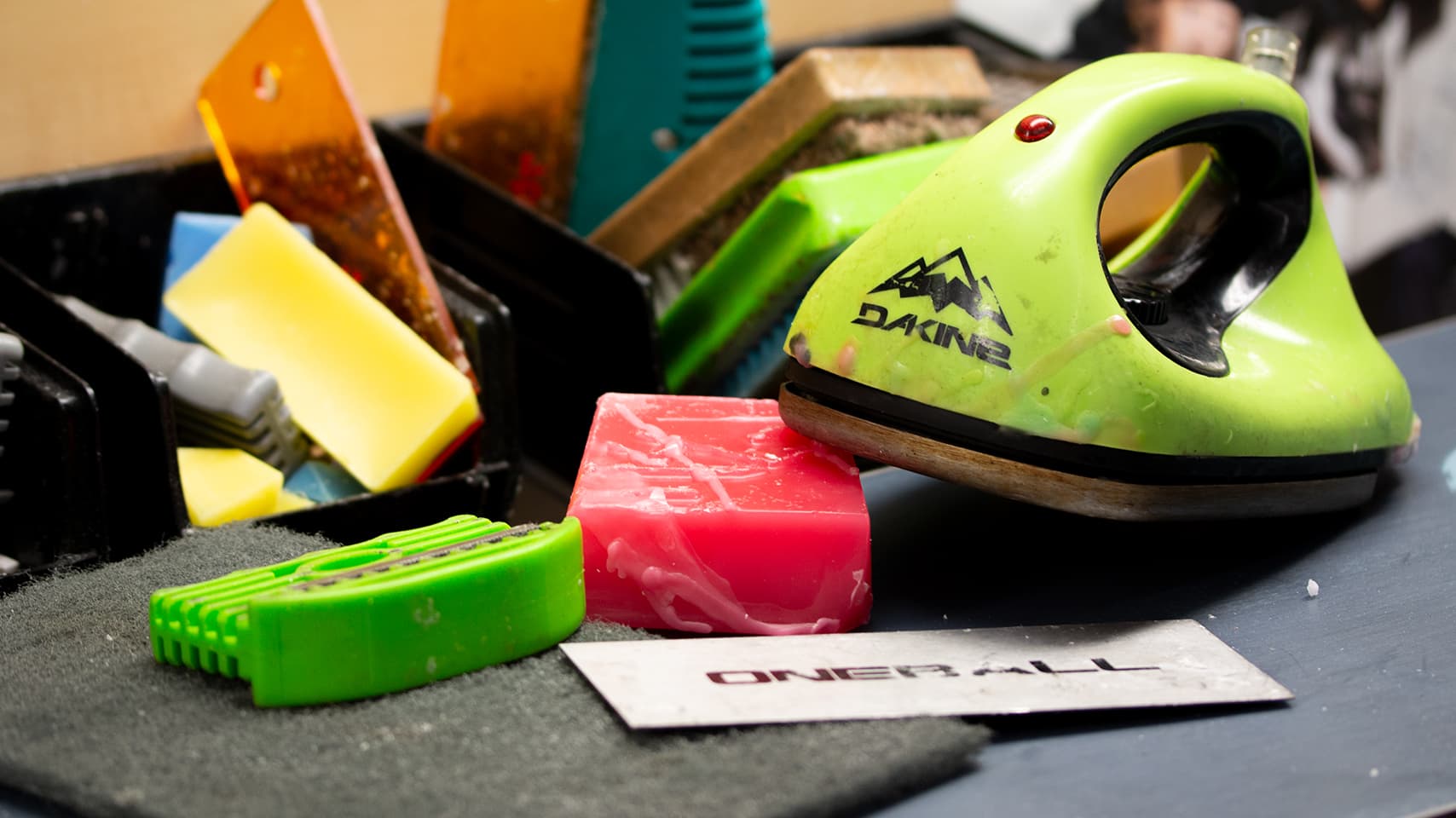Snowboard Shapes - Explained
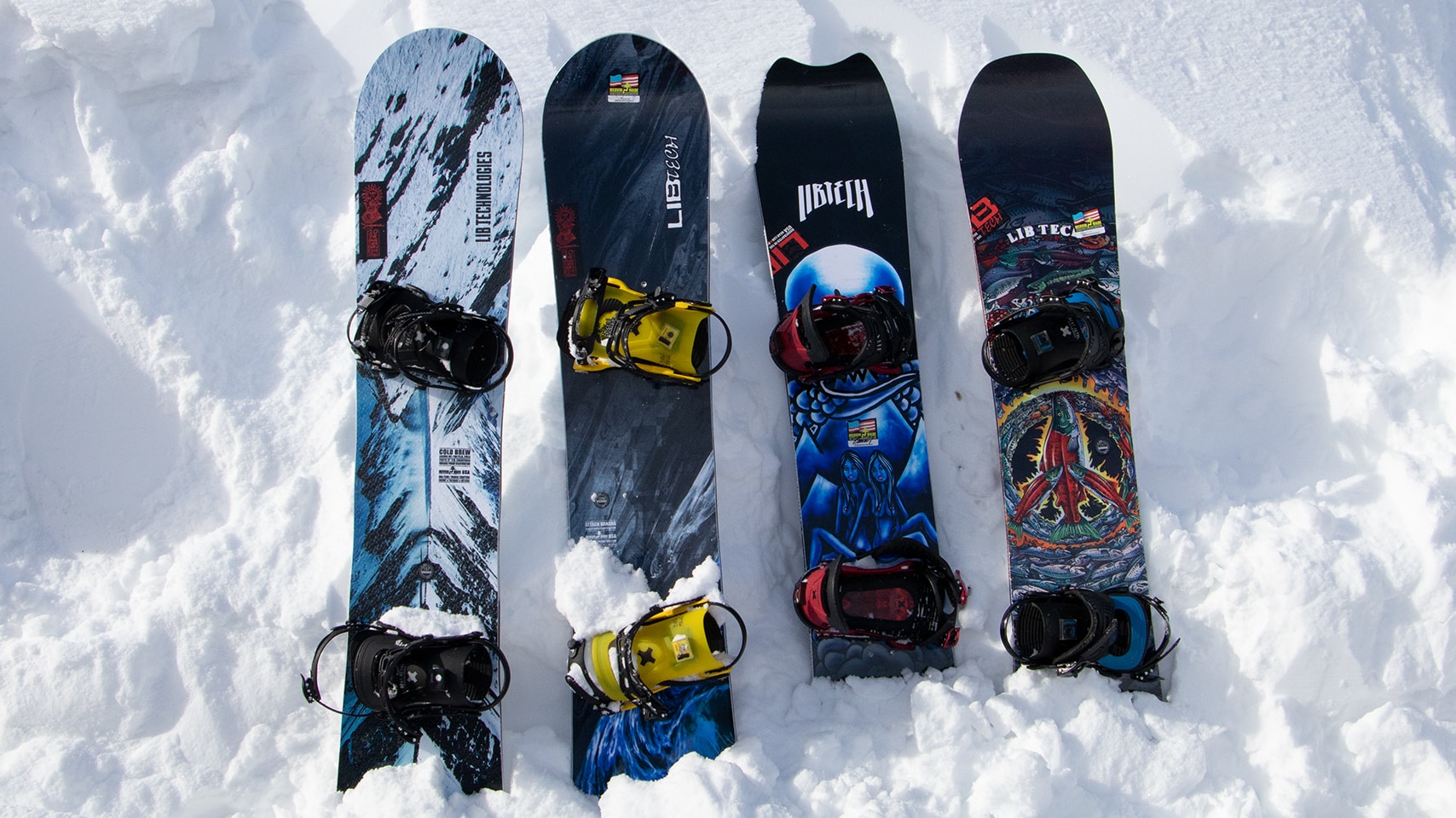
When it comes to choosing a snowboard, a boards shape plays an important roll in how it will ride and perform in a variety of different conditions. Understanding your own personal ability levels, and determining what type of riding you prefer will help you decide whether a (twin) board that is optimized to ride in either direction or a (directional) shape that is intending to be ridden forward at all times will best suit you.
Directional Snowboards
Directional snowboards are designed to ride best in one direction. A typical directional shape includes a distinct nose and tail, and a progressively deeper sidecut radius towards the tail. The slightly larger nose improves float and helps the board power over and through variable snow. A progressively deeper sidecut helps “ease” the rider into a more forgiving turn while the deeper sidecut towards the tail provides energy and “snap” to help propel the board into the next turn.
Because directional snowboards are optimized to ride in one direction with the rider’s preferred front foot forward, they are not well-suited for more serious freestyle riding styles where the ability to ride, initiate tricks, and land in either direction is critical. On the other hand, for the more all-mountain, freeride, or powder-oriented rider who is perfectly happy leading with his preferred front foot virtually all the time, a directional board is the right choice.
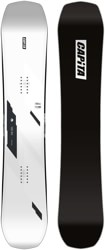
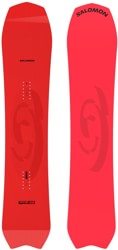
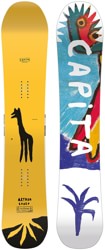
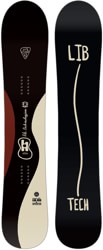
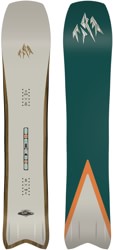
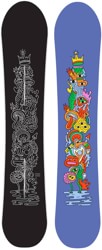
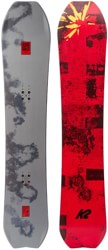
True Twin Snowboards
If directional snowboards are on one end of the board shape spectrum, twins are on the other. Twins are completely symmetrical, with identically shaped nose and tails and a perfectly circular sidecut radius deepest at the middle of the board’s length. A twin snowboard’s symmetry and balance is ideal for the true freestyle snowboarder who needs the board to perform the same in either direction.
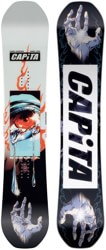
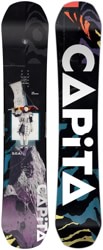


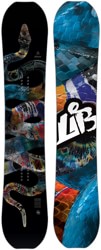
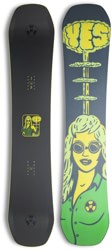
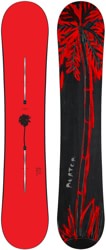
Directional Twin Snowboards
If “directional” is the opposite of “twin”, what is a “directional twin”? That’s a great question and it highlights the fact that board shape is not the only design ingredient that determines how a board rides in either direction. As with the various board profile hybrids that combine rocker with camber, directional twins are an attempt to capture the benefits of different design concepts into the same board, making it suitable for a wider range of ride styles and terrain. For example, a directional twin may have a symmetrical shape but an asymmetrical flex (stiffer flex toward the tail) or have a slightly directional shape with symmetrical, twin flex. Generally speaking, directional twins are for the all-mountain rider who spends a good chunk of the day riding switch (that is, in the opposite direction of her preferred front foot).
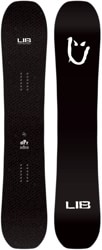
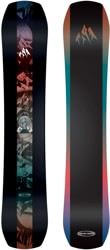
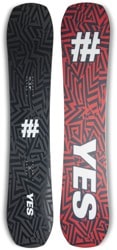
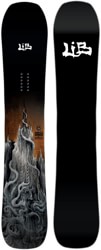
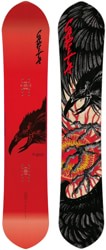
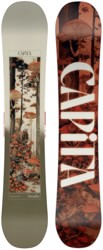
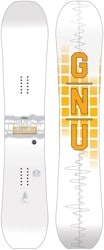
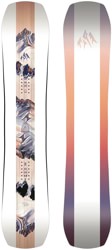
Asymmetrical (ASYM) Snowboards
A small but growing category of boards utilize distinct sidecuts on each edge of the same board. Referred to as “asym”, these boards have a dedicated heelside edge designed to improve heelside turning and edge control. For the simple reason that bent knees can only point toward the toes, it is more difficult to maintain the same leverage and control over the heelside edge. Shortening and deepening the heelside sidecut helps compensate for this natural disadvantage and allows the rider to make quicker, tighter, more responsive heelside turns.
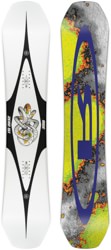
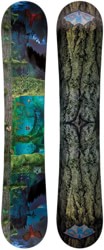
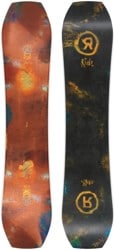
Keep Learning
Still Have Questions?
We’re here to help. You can call, email, chat or IM during business hours seven days a week. Our customer service staff skates…a lot. They know their stuff and are happy to help you with all things skate.
